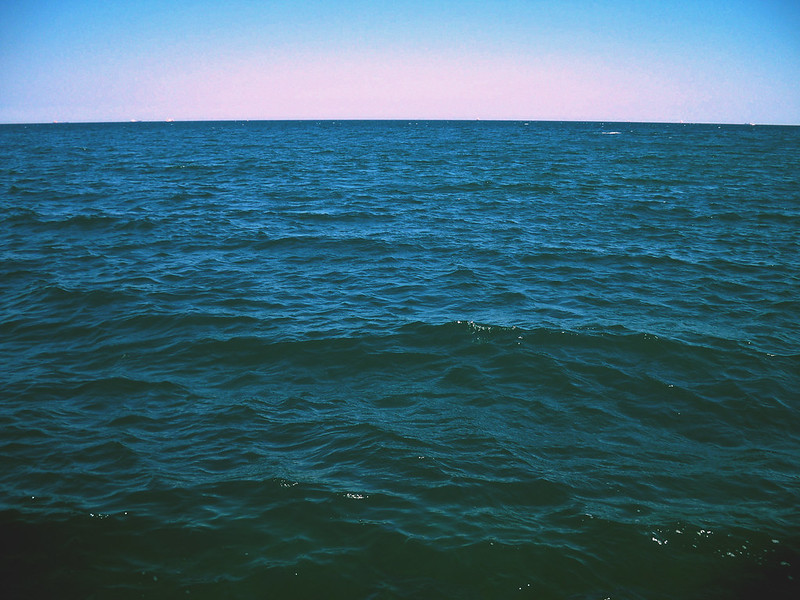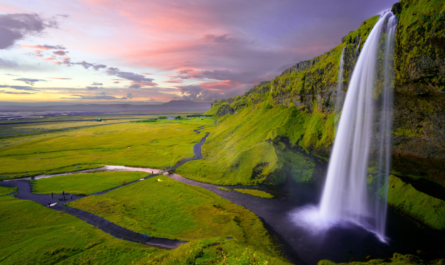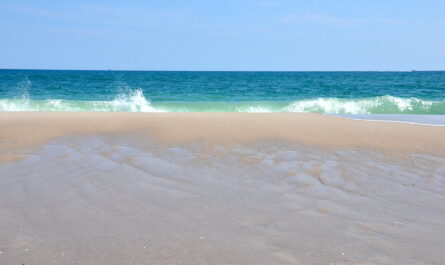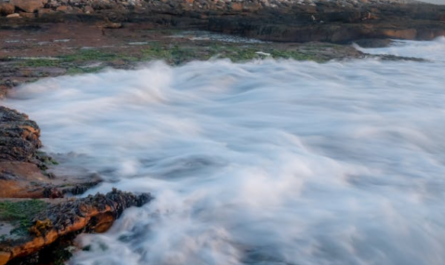The Atlantic Ocean is a connective artery linking continents, cultures, and histories. Scattered across this vast expanse are islands whose music reflects unique identities and shared legacies. From the hypnotic rhythms of the Caribbean to the evocative folk ballads of the North Atlantic, the music of these islands is as diverse as the landscapes they inhabit.
This extended exploration delves deeply into the historical, cultural, and modern aspects of Atlantic Island music, celebrating its role in shaping global musical narratives.
1. The Role of Music in Atlantic Island Cultures
Music is not just an art form for the Atlantic Islands; it is an integral part of daily life, ceremonial traditions, and historical memory. Across the Atlantic, music fulfills roles as varied as the people who create it.
Music as Storytelling
Folk songs from these islands often serve as historical records. In Iceland, rímur, a form of chant poetry, recounts tales of Norse gods, sagas, and heroic deeds. Similarly, in Cape Verde, morna tells of love, migration, and nostalgia, connecting its people to their African and Portuguese heritage. These narratives are more than entertainment—they’re cultural preservation in sonic form.
Social and Ceremonial Functions
Many islands use music as a communal activity to strengthen social bonds. In the Caribbean, Carnival celebrations are defined by music, with calypso, soca, and steelpan performances forming the heart of the festivities. On the Faroe Islands, the traditional chain dance set to folk ballads is a unifying cultural experience.
Resistance and Identity
Music has also been a form of resistance, especially in the Caribbean. During colonial rule, enslaved people used music as a tool for survival and rebellion. Genres like reggae emerged as a voice of protest and liberation, addressing political oppression and social inequality. Similarly, in Greenland, throat singing, once suppressed by missionaries, has become a symbol of cultural resurgence and pride.
Whether uplifting communities during hard times or celebrating life’s joys, music in the Atlantic Islands reflects resilience, creativity, and shared humanity.
2. The Roots: Folk Traditions Across the Atlantic
The folk traditions of the Atlantic Islands offer a glimpse into their histories, often rooted in the interplay of indigenous, African, and European influences. Each region’s folk music reflects its unique geographic and cultural context.
Northern Atlantic Traditions
Iceland and the Faroe Islands are known for their haunting and minimalist musical traditions. Icelandic rímur, performed a cappella or with simple instrumentation, is an ancient art form that has survived centuries. These poetic chants narrate sagas, legends, and historical events, connecting the present to a rich Viking past. Similarly, the Faroe Islands’ ballads are performed during chain dances, with participants linking hands and moving rhythmically in unison, symbolizing solidarity.
In Greenland, the drum dance is central to Inuit traditions. The drum’s hollow, resonant sound accompanies storytelling, often reflecting spiritual beliefs and the harsh Arctic environment. Throat singing, a vocal art form where two performers create interweaving rhythms, mirrors the sounds of nature, evoking wind, ice, and animals.
Portuguese Island Folk
The Azores and Madeira, influenced by Portuguese culture, showcase lively folk traditions centered around agricultural life. The chamarrita, a traditional dance of the Azores, features spirited melodies played on string instruments like the viola da terra, a 15-string guitar. In Madeira, the bailinho dance is a colorful expression of rural life, performed with fiddles, accordions, and castanets.
Caribbean Folk Influences
Caribbean folk music emerged from a fusion of African rhythms, European melodies, and indigenous traditions. Work songs, spirituals, and ceremonial drumming evolved into complex genres like mento in Jamaica and quadrille in Dominica. These genres laid the groundwork for modern Caribbean music.
3. The Caribbean: A Melting Pot of Rhythms
Few regions rival the Caribbean in musical diversity. The islands’ music reflects a rich history of migration, colonization, and cultural blending.
Jamaica: The Birthplace of Reggae
Reggae, one of Jamaica’s greatest gifts to the world, emerged in the 1960s as a voice for the oppressed. Bob Marley, the genre’s global icon, used reggae to address social injustice, spirituality, and Pan-African identity. Ska and rocksteady, reggae’s predecessors, combined American jazz and R&B with African beats, creating infectious rhythms that captivated audiences.
Today, dancehall, an evolution of reggae, dominates the Jamaican music scene. With its fast beats and vibrant energy, it has influenced global pop and hip-hop, showing the enduring impact of Jamaica’s musical innovation.
Cuba: The Heartbeat of Afro-Latin Music
Cuba’s musical traditions are a celebration of Afro-Latin culture. Son Cubano, with its syncopated rhythms and poetic lyrics, served as the foundation for salsa, a genre that has conquered dance floors worldwide. Rumba, deeply rooted in African traditions, combines drumming, dance, and call-and-response vocals to create a dynamic and communal experience.
Modern Cuban music continues to innovate, blending reggaeton, jazz, and hip-hop with traditional sounds, showcasing the island’s creative spirit.
Trinidad and Tobago: Steelpan and Calypso
The steelpan, invented in Trinidad in the mid-20th century, is a symbol of ingenuity. Its melodious tones, created from repurposed oil drums, have become synonymous with Caribbean culture. Calypso, with its witty and satirical lyrics, reflects the islanders’ resilience and humor in the face of adversity.
Soca, a high-energy genre blending calypso with electronic beats, dominates Carnival celebrations, epitomizing the vibrant spirit of the Caribbean.
4. Cape Verde: A Fusion of Africa and Europe
Cape Verde’s music is a poignant reflection of its history as a crossroads of African and European cultures. The archipelago’s isolation and colonial past gave rise to unique genres.
Morna: Songs of Longing
Morna, Cape Verde’s most famous genre, is characterized by its melancholic melodies and introspective lyrics. Often compared to Portuguese fado, morna expresses themes of saudade—a deep sense of longing and nostalgia. Cesária Évora, the “Barefoot Diva,” brought morna to international prominence, her voice resonating with audiences worldwide.
Coladeira and Funaná
Coladeira, a faster-paced genre, contrasts morna with its lighthearted and festive nature. Funaná, rooted in African traditions, features the gaita (accordion) and ferrinho (iron scraper), creating lively rhythms that inspire dancing.
Cape Verde’s music continues to evolve, blending traditional sounds with contemporary influences like hip-hop and zouk, reflecting the island’s dynamic cultural identity.
5. Instruments of the Atlantic Islands
The instruments of the Atlantic Islands are as diverse as their music, reflecting indigenous ingenuity and cross-cultural exchanges.
Traditional Instruments
- Steelpan: Originating in Trinidad, the steelpan is a musical symbol of Caribbean resilience and creativity.
- Cavaquinho: A small four-stringed instrument popular in Cape Verde and Madeira, often used in folk and modern genres.
- Drums: Found across the Atlantic, drums are central to African-inspired traditions, from Cuban rumba to Greenlandic drum dances.
Innovations
Modern artists incorporate electronic instruments and production techniques, creating new soundscapes while respecting traditional roots. For example, Afrobeat-inspired tracks often feature traditional percussion alongside synthesizers.
Conclusion: The Endless Melody of the Atlantic Islands
From the icy ballads of Iceland to the fiery rhythms of the Caribbean, the music of the Atlantic Islands is a testament to human creativity and resilience. It tells stories of migration, struggle, joy, and connection, offering a soundtrack to life in one of the most diverse regions on Earth.
As these islands embrace modernity, their music continues to evolve, influencing and being influenced by global trends. Yet, the heart of Atlantic Island music remains deeply rooted in its history, culture, and the vast ocean that binds them all.



